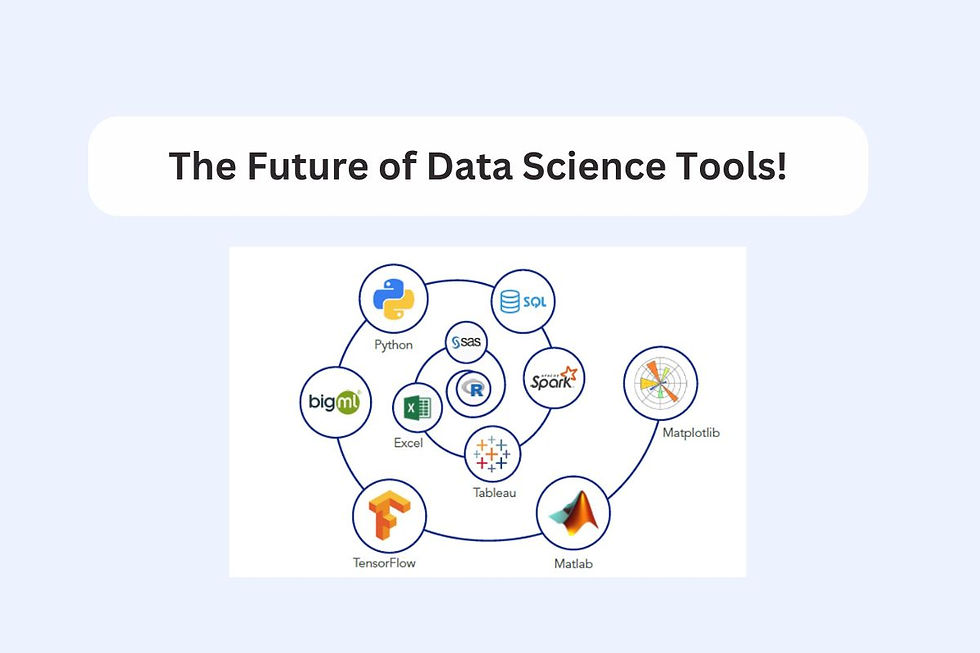Top 10 Differences Between Data Analytics and Data Analysis
- archi jain

- Jun 24, 2024
- 3 min read

Understanding the distinctions between data analytics and data analysis is crucial in today's data-driven landscape. While both processes involve examining data to extract insights, they diverge in scope, methods, and objectives. Data analysis focuses on interpreting historical data to understand past trends, whereas data analytics employs advanced techniques to predict future outcomes and inform strategic decision-making. These differences shape how organizations derive value and actionable insights from their data assets.
10 Difference between Data Analytics and Data Analysis
1. Definition and Scope of data analytics and data analysis:
Data Analysis: It involves examining datasets to draw conclusions. This process typically focuses on inspecting data to uncover trends, patterns, and insights. Data analysis is more about interpretation and making sense of information.
Data Analytics: It goes beyond data analysis by using statistical and mathematical techniques to analyze large datasets. Data analytics aims to discover meaningful patterns, correlations, and trends to inform decision-making and predictive modeling.
2. Purpose of data analytics and data analysis:
Data Analysis: The primary goal is to answer specific questions and solve immediate problems based on historical data. It looks at past trends and performance to understand what happened and why.
Data Analytics: It focuses on predicting future trends and behaviors by processing historical data with advanced algorithms and machine learning models. The purpose is to extract actionable insights for strategic decision-making.
3. Methods and Techniques:
Data Analysis: Uses basic statistical methods such as mean, median, mode, and standard deviation. It may also involve data cleaning, transforming variables, and creating visualizations like charts and graphs.
Data Analytics: Applies complex algorithms and statistical models like regression analysis, clustering, and predictive modeling. Machine learning techniques such as neural networks and deep learning are also common in data analytics.
4. Time Orientation:
Data Analysis: Primarily retrospective, focusing on past data to understand historical trends and performance. It deals with descriptive and diagnostic analytics.
Data Analytics: Includes prospective analysis, aiming to forecast future outcomes and behaviors based on historical data. It encompasses predictive and prescriptive analytics.
5. Tools and Technologies:
Data Analysis: Relies on tools like Excel, SQL, and basic statistical software (e.g., SPSS, SAS) for analyzing structured data. Visualization tools such as Tableau are used for presenting findings.
Data Analytics: Utilizes advanced tools and platforms such as Python, R, Hadoop, and Spark for handling big data and performing sophisticated analyses. Cloud-based solutions and AI-powered analytics tools are also common.
6. Complexity of Data:
Data Analysis: Typically deals with structured data sets that are well-defined and organized. It focuses on straightforward relationships within the data.
Data Analytics: Handles both structured and unstructured data, including text, images, and videos. It requires processing large volumes of diverse data sources to extract valuable insights.
7. Decision-Making Support:
Data Analysis: Provides insights into past performance and trends, helping in making informed decisions based on historical data.
Data Analytics: Offers predictive insights and recommendations for future actions, supporting strategic decision-making and planning.
8. Business Applications:
Data Analysis: Used in business intelligence (BI) for reporting, dashboards, and performance monitoring. It aids in understanding customer behavior, market trends, and operational efficiency.
Data Analytics: Applied in areas such as predictive modeling, risk assessment, customer segmentation, and personalized marketing. It enables businesses to optimize processes and gain competitive advantages.
9. Skills Required:
Data Analysis: Requires proficiency in statistical analysis, data visualization, and domain knowledge. Skills in Excel, SQL, and basic programming are beneficial.
Data Analytics: Demands expertise in statistical modeling, machine learning, data mining, and programming (Python, R). Knowledge of big data technologies and cloud computing is increasingly important.
10. Integration with AI and Machine Learning:
Data Analysis: Uses basic statistical methods to analyze data trends manually or semi-automatically. It does not typically involve advanced AI or machine learning techniques.
Data Analytics: Integrates AI and machine learning algorithms to automate data processing, predictive modeling, and decision-making processes. It leverages AI to uncover complex patterns and insights from vast datasets.
Conclusion:
In summary, while data analysis focuses on understanding historical data to answer specific questions, data analytics dives deeper into predictive insights and future trends using advanced techniques and tools. Both disciplines play crucial roles in leveraging data for decision-making and strategic planning, catering to different needs within organizations across various industries. Understanding these distinctions can help businesses and professionals harness the power of data more effectively, whether for improving operational efficiency, enhancing customer experiences, or driving innovation in products and services.
For those looking to enhance their skills in data analytics, Exploring the Best Data Analytics Training in Indore, Kota, Ghaziabad, Agra, and others nearby can be highly beneficial. These training programs offer hands-on learning with tools and techniques essential for mastering data analytics, thereby empowering individuals to contribute effectively to their organizations' data-driven initiatives.








Comments